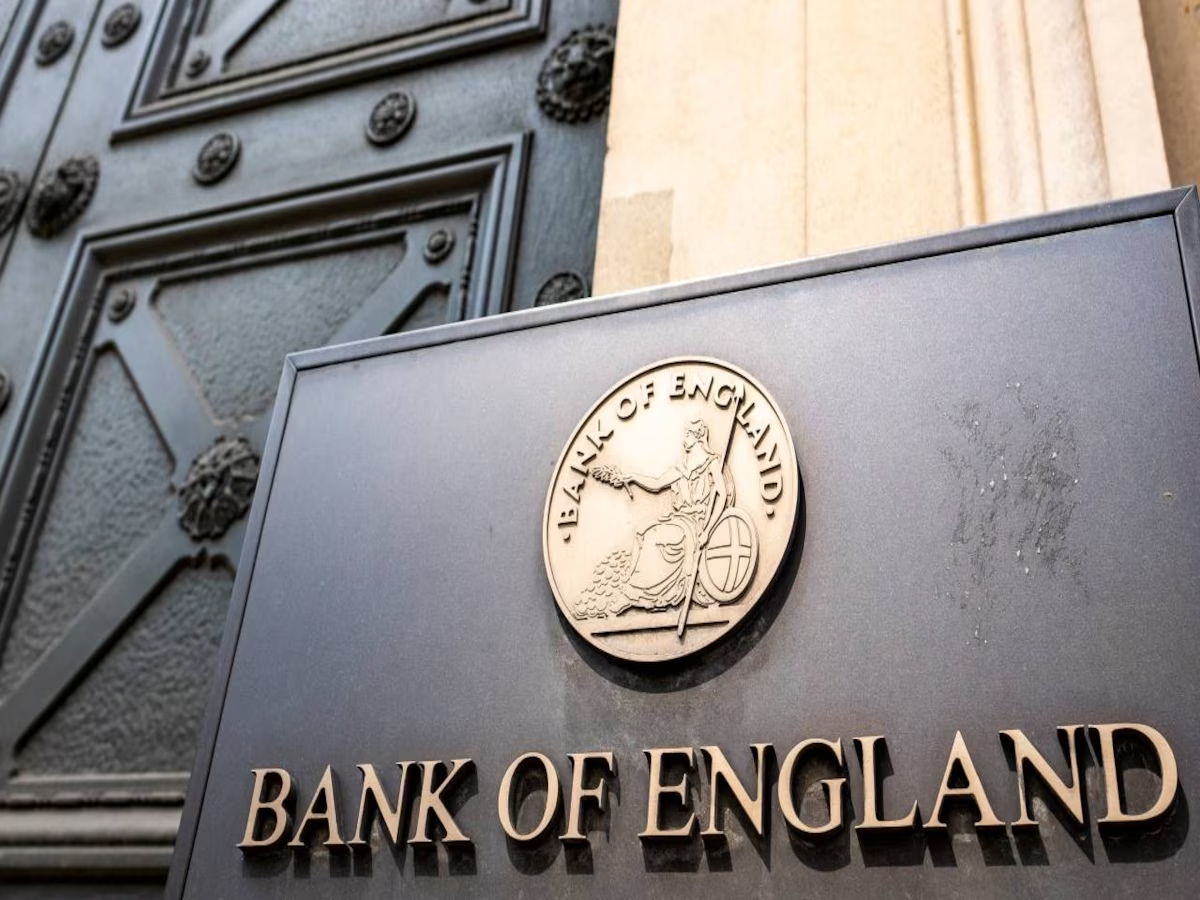
- Indices
- Stocks
Bank of England cuts interest rates
Do you want to know how to make money from this?
Register for free and get expert advice, access to a training course and webinars.
Key points:
- The Bank of England cut interest rates, which was seen by the market as a signal that the British economy was stabilising.
- Analysts believe that the rate cut could end a period of high inflation and low growth.
- A short-term fall in sterling after the BoE’s decision was offset by subsequent gains.
The Bank of England’s decision to cut interest rates to 5%, which was below market expectations, has sparked a surge of optimism among major investors. Against the backdrop of political stability provided by the new government’s election victory, the decision was seen as a signal that the British economy is gradually emerging from a period of economic turbulence.
Financial analysts believe that the rate cut could end the era of high inflation and low growth, and help return investment in British assets.
What does the Bank of England’s decision mean?
Following a long period of uncertainty caused by Brexit, frequent leadership changes in the former Conservative government and former Prime Minister Liz Truss’s botched 2022 mini-budget, while the Bank of England’s cut was passed by a 5-4 margin, reflecting significant disagreement on how to contain inflation, investors were encouraged by an improving outlook for economic growth.
Lombard Odier macro strategist Bill Papadakis noted that in the UK, fiscal policy now looks much more normalised compared to the crisis periods of the recent past, and the macroeconomic environment has improved with growth picking up.
Sterling briefly fell to its lowest in almost a month after the decision, but has since recovered most of those losses to trade around 0.7% lower on the day at $1.2772.
London indices fell slightly
Over the past three months, the FTSE 250 index of mid-cap companies has shown similar dynamics to the US S&P 500 index, reaching an increase of 8%. However, despite the comparable gains, the FTSE 250 still trades at a significant, almost record, discount to the US benchmark.
In parallel, the FTSE 100 index of the UK’s largest companies has shown declines amid a wider market downturn. Investor caution associated with the publication of important economic data from the US is putting additional pressure on the market.
On Friday, the London Stock Exchange recorded a slight decline in its main indices. The FTSE 100 index lost 0.4%, and the FTSE 250 – 1.2%. At the same time, despite the short-term correction, both indices maintain positive dynamics for the week, which is largely due to the encouraging results of the companies’ reports.
Thus, the current situation on the London Stock Exchange is characterized by contradictory trends. On the one hand, there is an increase in the FTSE 250 index, indicating positive expectations regarding the prospects of the British economy. On the other, the FTSE 100 index is influenced by external factors, such as global economic trends and the geopolitical situation.
Decrease in banking quotes
Investors are keeping an eye on the US non-farm payrolls data due out soon. The data is gaining attention after weak manufacturing data released yesterday fueled concerns about a potential slowdown in economic growth and weighed on global markets.
Investment banking and brokerage stocks are down 1.8% on the London Stock Exchange, following a 1.1% decline yesterday.
Meanwhile, precious metals miners rose 0.7%. Gold prices, driven by rising demand for safe haven assets amid expectations of a US Federal Reserve rate cut in September, have helped their financial results.
The banking sector also continued its downward trend that began yesterday. Bank stocks fell 0.8%.
How will the rate cut affect the pound sterling?
An analysis of short-term currency speculation shows a high level of optimism regarding the British economy. The pound sterling has demonstrated the best dynamics among the major world currencies against the US dollar this year. Data from the US Financial Markets Authority indicates that hedge funds and other traders have increased their positions aimed at the growth of the pound to record levels.
The recent decision of the Bank of England to cut the key rate is unlikely to have a significant negative impact on the attractiveness of the pound sterling. The level of rates in the UK remains relatively high (5%), which supports demand for the British currency. In addition, the improvement of the political, economic and inflationary situation in the country contributes to strengthening positive investor sentiment.
Thus, despite the reduction in interest rates, the pound sterling remains attractive to speculative capital. Optimistic expectations regarding the prospects of the British economy and the continued level of interest rates higher than in most other developed countries support the strengthening of the British currency.
Do you want to know
How to make money from the news
Register for free and get:
- Expert consultation;
- Access to the training course;
- Opportunity to participate in webinars

